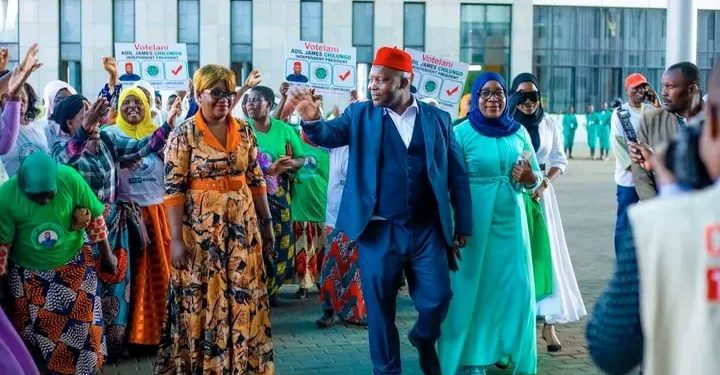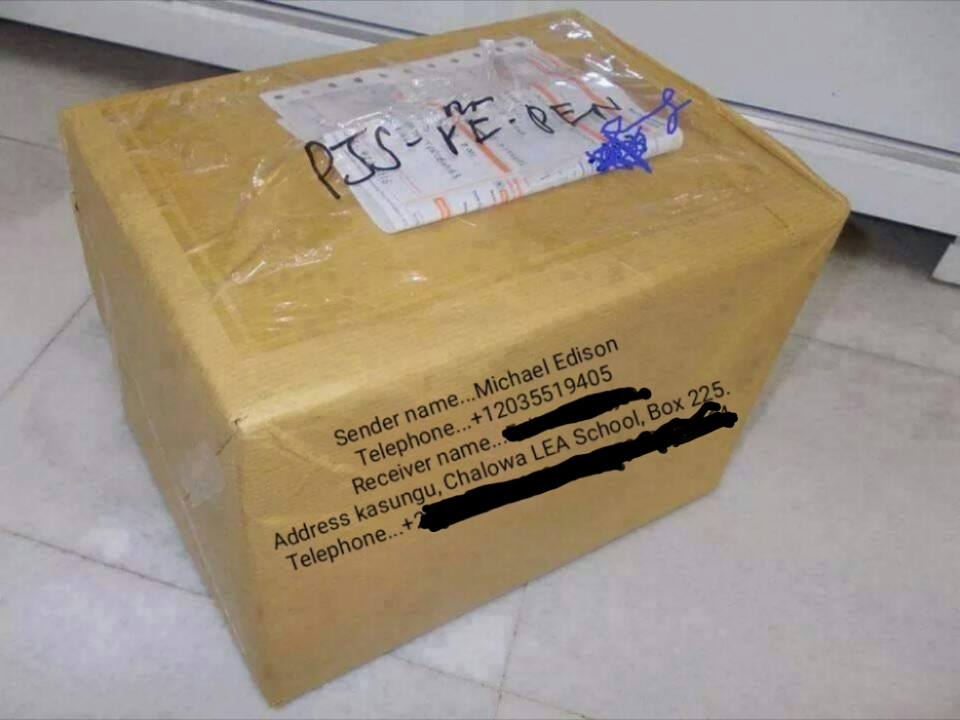From the grand masajid of Mecca to the humble prayer houses of rural Malawi, one symbol unites Muslims worldwide – the luminous crescent moon and star that crowns our places of worship. This celestial emblem, shining boldly from minarets and prayer flags, represents our shared connection to the divine. Yet when that same moon appears in the night sky to mark the end of Ramadan, our unity fractures like brittle clay.
The bitter irony is impossible to ignore. The very crescent that symbolizes our global brotherhood becomes the focal point of our most painful divisions. In Malawi this year, the schism cut deeper than ever before. While some families gathered for Eid festivities, their neighbors across the street continued fasting, convinced the moon had not yet been sighted. Social media feeds became battlegrounds of conflicting announcements, and perhaps most shamefully, fabricated videos circulated to justify one group’s preferred Eid date.
This contradiction speaks to a deeper crisis in contemporary Islam. We embrace the outward symbols of unity while neglecting their essential meaning. The Prophet Muhammad (peace be upon him) established the moon sighting tradition not to divide us, but to connect us – to nature’s rhythms and to each other. His famous hadith emphasizes collective observance: “The fast is the day you all fast, the breaking of fast is the day you all break fast.” Yet today, we’ve turned this unifying practice into a source of discord.
The consequences extend far beyond theological debate. In practical terms, this disunity weakens our communities when we need strength most. Employers grow frustrated trying to accommodate conflicting holiday schedules. Charitable efforts become fragmented when zakat distributions can’t be coordinated. Most painfully, children are left confused when their cousins celebrate Eid while they’re told to keep fasting.
Other Muslim nations have shown us a better way. From Turkey’s scientific calculations to Senegal’s national consensus model, communities have found paths to unified observance without abandoning tradition. Their solutions vary, but share one crucial element – the recognition that communal harmony must sometimes take precedence over individual interpretation.
As Malawi’s Muslims look ahead to future Ramadans, we must ask ourselves difficult questions. Does our insistence on division serve any higher purpose? Have we elevated moon-sighting technicalities above the spirit of unity they were meant to foster? The answers may require uncomfortable introspection, but the alternative – perpetual fracturing of our ummah – is far worse.
The crescent moon will continue to shine above our mosques, just as it has for centuries. The question is whether we’ll finally learn to see in it what our ancestors intended – not a source of dispute, but a reminder of our shared faith under one sky. When that realization comes, perhaps then we’ll truly deserve the unity our symbols proclaim.
ADVERTISEMENT




















